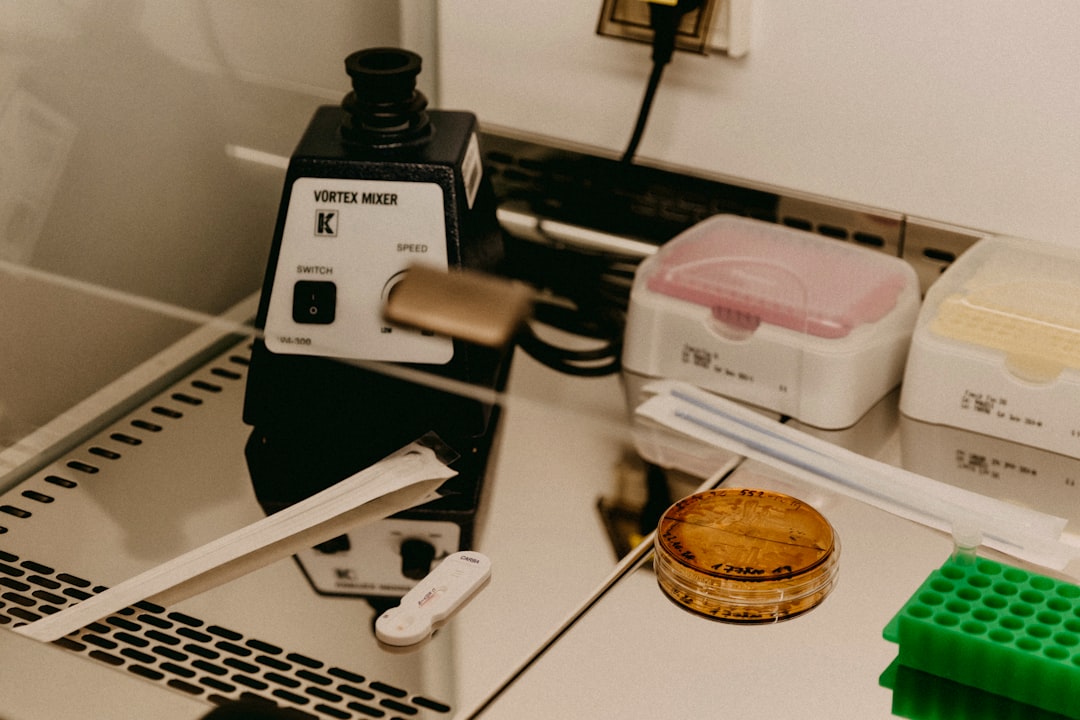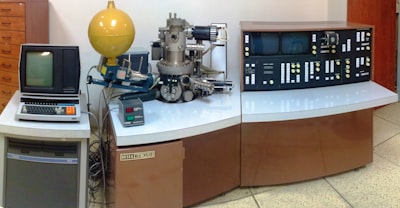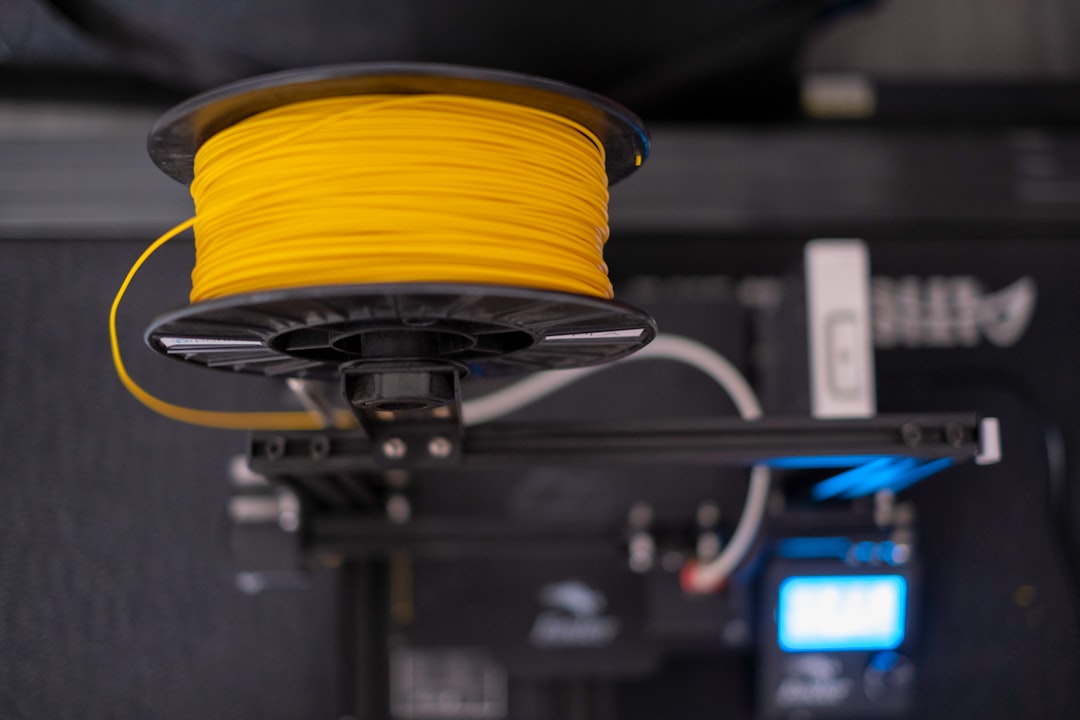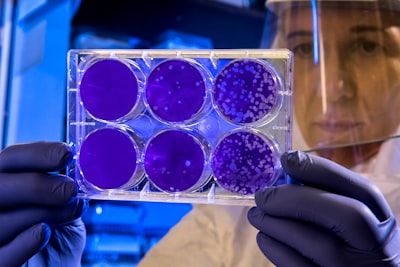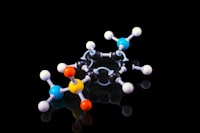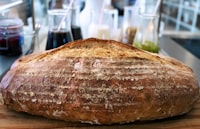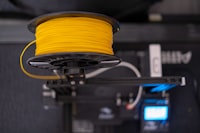Journal article
Optimalization of Temperature to Control Araecerus Fasciculatus De Geer (Coleoptera: Anthribidae) on Nutmeg
The exported nutmeg of Indonesia is frequently affected by the coffee bean weevil, Araecerus fasciculatus de Geer (Coleoptera: Anthribidae), so that it should be fumigated prior to export. CH3Br is an effective fumigant as quarantine measure for export products for 24 h, but this fumigant has been prohibited. Therefore, air temperature treatment is one of the alternative strategies. This research was aimed to determine the optimum air temperature in controlling A. fasciculatus on nutmeg. Healthy nutmeg, infected and A. fasciculatus-containing nutmeg, as well as individual adults of A. fasciculatus were treated with air temperature of 30−70°C for 1−24 h. The optimum air temperature was the lowest temperature which could kill 100% of examined insects. The results showed that 100% mortality of A. fasciculatus adults outside nutmeg occurred at air temperature of 45°C for 12 h or 50°C for 6 h. Meanwhile, 100% mortality of life stadium of A. fasciculatus inside nutmeg happened at air temperature of 55°C for 24 h. The raising of air temperature at 30−50°C for 24 h decreased the water content of nutmeg from 5.59±0.25 to 3.79±0.24%. The increment of temperature from 50 to 55°C for 24 h reduced the weight of nutmeg from 5.20±0.72 to 5.04±0.70 g. Air temperature treatment at 45−50°C for 12−24 h could eliminate adults of A. fasciculatus on exported nutmeg and air temperature of 55°C for 24 h could remove all life stadia of A. fasciculatus within nutmeg. IntisariBiji pala ekspor Indonesia sering diserang oleh kumbang bubuk biji kopi, Araecerus fasciculatus de Geer (Coleoptera: Anthribidae), sehingga harus difumigasi sebelum diekspor. Tindakan karantina pada produk ekspor yang sering menggunakan CH3Br efektif selama 24 jam, namun fumigan ini sudah dilarang. Oleh karena itu, perlakuan suhu udara merupakan salah satu alternatifnya. Penelitian ini bertujuan untuk menentukan suhu udara optimal untuk mengendalikan A. fasciculatus pada biji pala. Biji pala yang sehat, biji pala yang terserang dan berisi serangga A. fasciculatus serta imago A. fasciculatus diperlakukan dengan suhu udara 30−70°C selama 1−24 jam. Suhu udara optimal yaitu suhu terendah yang dapat membunuh 100% serangga uji. Hasil penelitian menunjukkan bahwa 100% mortalitas imago A. fasciculatus di luar biji pala terjadi pada suhu udara 45°C selama 12 jam atau 50°C selama 6 jam. Sementara itu, mortalitas 100% stadia hidup A. fasciculatus di dalam biji pala terjadi pada suhu udara 55°C selama 24 jam. Kenaikan suhu udara 30−50°C selama 24 jam menurunkan kadar air biji pala dari 5,59±0,25 menjadi 3,79±0,24%. Peningkatan suhu dari 50 menjadi 55°C selama 24 jam menurunkan berat biji pala dari 5,20±0,72 menjadi 5,04±0,70 g. Perlakuan suhu udara 45−50°C selama 12−24 jam dapat mengeliminasi imago A. fasciculatus pada biji pala ekspor dan suhu udara 55°C selama 24 jam dapat mengeliminasi semua stadia hidup A. fasciculatus di dalam biji pala.


